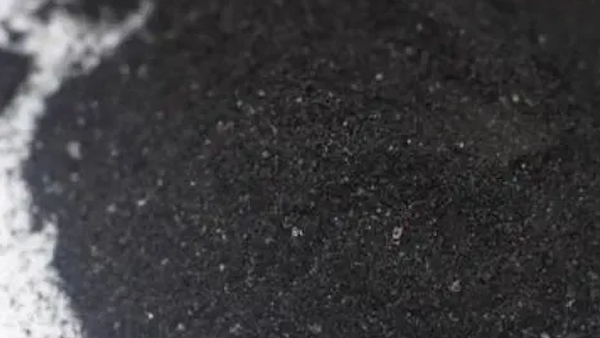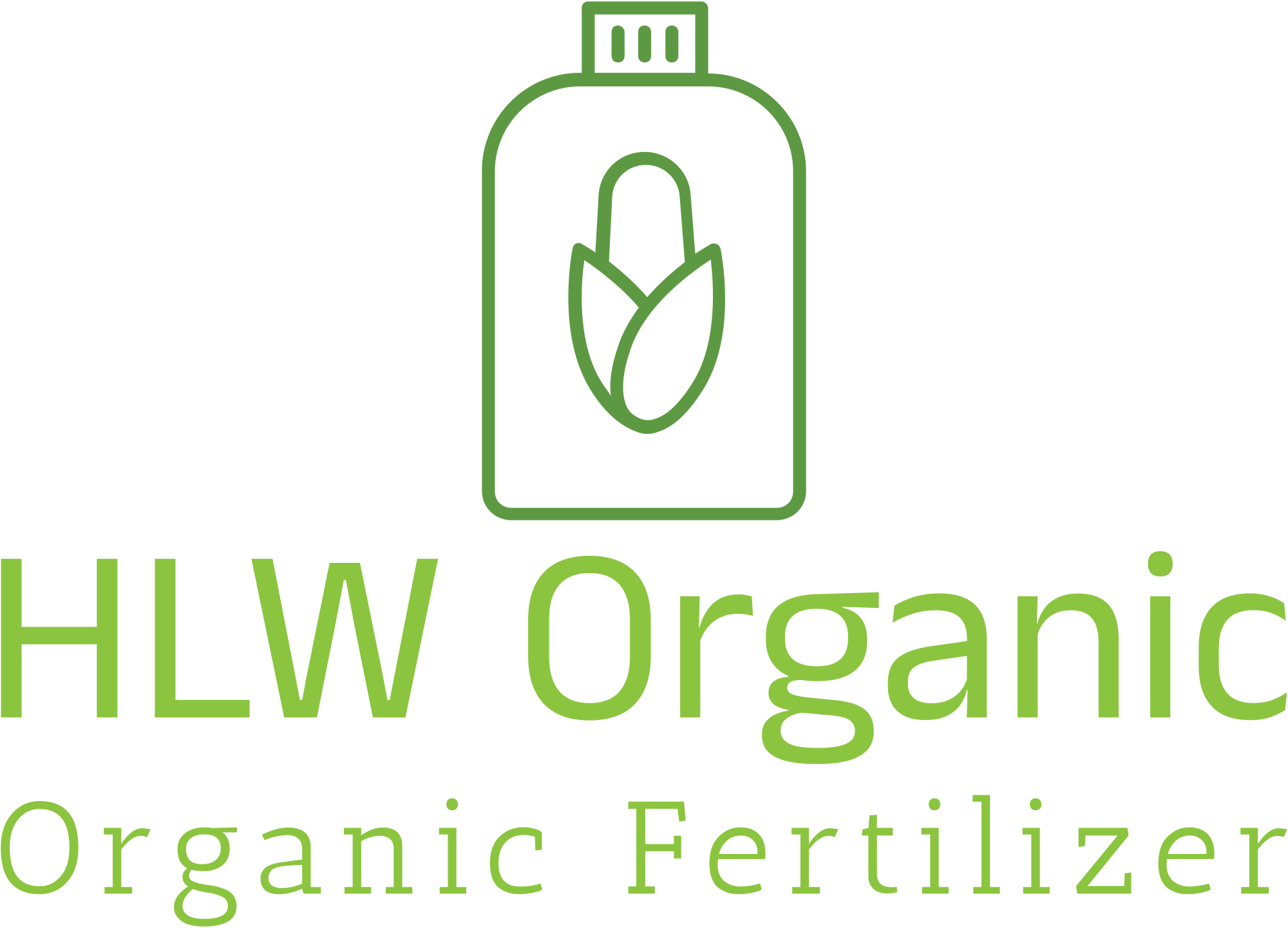Beautiful Plants For Your Interior

The poor effect of potassium humate and the occurrence of dead seedlings and rotten roots after use may be caused by the following reasons, which need to be investigated in combination with specific usage:
- Product quality issues
- Poor quality or counterfeit products
There are cases of using biochemical potassium humate to impersonate mineral potassium humate on the market. Biochemical potassium humate has low activity and few functional groups, and requires a larger amount to be effective (such as 5-10 kg/mu). If it is used according to the recommended amount of mineral potassium humate (1-2 kg/mu), the effect is poor or even ineffective. In addition, some products have a humic acid content of less than 50%, a potassium oxide content of less than 12%, or are doped with invalid ingredients, resulting in ineffectiveness. - Failure to distinguish between mineral and biochemical types
Mineral potassium humate has high activity and can regulate soil pH, while long-term use of biochemical potassium humate may aggravate soil acidification and indirectly affect root health. If the wrong type is selected, soil problems may be aggravated. - Improper use
- Improper dilution or too high concentration
Potassium humate needs to be diluted twice before use. Direct flushing or too high concentration will burn the root system, resulting in root burn and seedling death. For example, foliar spraying needs to be diluted to 10,000 times, and root irrigation needs to be diluted with 1.5-2 kg of water to 700-1000 kg. - Wrong fertilization method
- Not combined with chemical fertilizers: Potassium humate needs to be used in combination with nitrogen, phosphorus and potassium fertilizers. Applying it alone cannot meet the nutritional needs of crops.
- Taboos for mixing: Mineral potassium humate is alkaline, and mixing it with strong acidic fertilizers or fertilizers containing high boron, calcium and manganese will reduce the fertilizer effect.
- Unscientific dosage and timing
- Insufficient dosage: Mineral potassium humate is recommended to be used as a base fertilizer of 2-4 kg/mu, and 0.8-2 kg/mu for flushing during the growth period. If the dosage is too low, the effect will be poor.
- Application in high temperature or rainy days: Strong sunlight or rainfall will accelerate the decomposition or wash away fertilizers, reducing utilization rate.
III. Soil environmental issues
- Severe soil deterioration
If the soil is salinized, hardened, heavy metals exceed the standard, or diseases accumulate, the improvement effect of potassium humate will be inhibited. For example, salinized soil needs to be adjusted to a moderate pH first, and then gradually repaired with organic fertilizer.
- Poor root absorption capacity
Long-term abuse of chemical fertilizers leads to a lack of soil organic matter (less than 0.6%), imbalance of microorganisms, and poor root development of crops, which makes it difficult to absorb even if potassium humate is applied. At this time, it is necessary to improve the soil structure first (such as increasing the application of organic fertilizers, inter-tillage and loosening the soil), and then use potassium humate.
IV. Other external factors
- Extreme climate impact
High temperature accelerates the decomposition of potassium humate, and low temperature inhibits the absorption capacity of the root system, which will weaken the effect.
- Pests or herbicides residues
Excessive use of herbicides such as glyphosate can lead to zinc deficiency in the soil, damage to the root system, and aggravate the phenomenon of seedling death. It is necessary to avoid pesticide damage and cooperate with soil disinfection.
Solution suggestions
- Choose regular products
When purchasing, look for mineral potassium humate, check the humic acid content (≥50%) and potassium oxide content (≥12%), and give priority to products with black gold, good water solubility, and no precipitation. - Scientific application
- Use after dilution to avoid root burn.
- Use base fertilizer with organic fertilizer, and mix with nitrogen, phosphorus and potassium fertilizers during the growth period.
- Condition the salinized soil before fertilizing, and severely compacted soil needs to be used continuously for 2-3 years to gradually improve.
- Check the soil and crop status
- Detect the soil pH, salt and organic matter content, and improve it in a targeted manner.
- Ensure the health of crop roots and deal with diseases in time (for example, if the seedlings die after root irrigation, the roots need to be dug to check whether they are rotten).
If dead seedlings and rotten roots have occurred, it is recommended to stop using potassium humate, dilute the fertilizer damage with clean water, and spray amino acid foliar fertilizer to alleviate the problem. Microbial agents can be used to assist in soil repair later.
